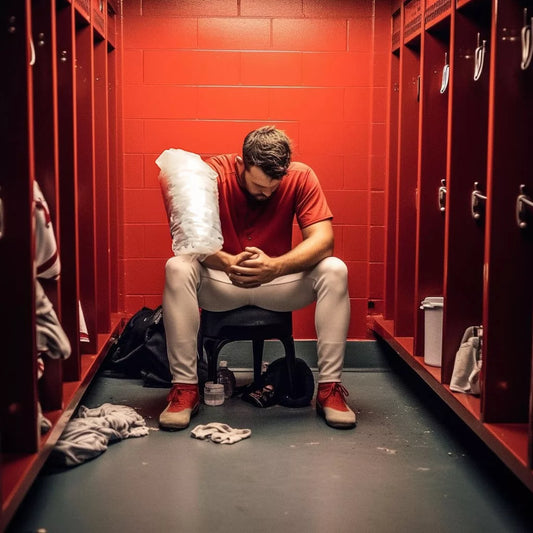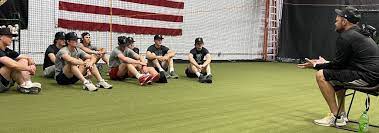Recover
Whether you threw 100 pitches or 10 pitches, hit the weight room hard or had a lighter workout, recovery is always on the mind. How can you best recover from any given workout or workload? Here at Velocidad we are eager to share with you our top five favorite ways to recover from any given workload. Sure, there are some gadgets and tools that help with recovery such as Marc Pro, Normatec and Voodoo Floss, but in this article, we will be focusing less on tools like these and more on whole body recovery.
#1 Sleep
The importance of sleep cannot go unsaid. It has been proven that an individual that lacks sleep has an increased chance of injury along with a decreased amount of body and brain recovery. Sleep quality is one of the highest predictors of injury when it comes to athletes. Sleep doesn’t only help with brain and body recovery, but there is also a link that shows your quality of sleep is aligned with an individual’s reaction time, memory, focus, and accuracy.
#2 Diet
The link between diet and recovery is linear. If you have a ‘good’ diet, you will recover faster than an individual who has a ‘poor’ diet. As talked about in previous articles, diet is a vital part of an athlete’s adventure. When it comes to recovery, there are the two most important things to keep track of:
• Calories
Calories are how consume energy. If you expend a certain amount of energy, you need the intake to match or surpass what was expelled. If your energy input doesn’t meet your output, then your body will not recover as quickly and will have to work harder in order to fully recover.
• Protein
Protein makes up our muscle tissues, so we must have an adequate intake of protein in order to repair and further grow our muscles. As stated in a previous article, aim to consume 1g of protein per pound of your body weight every day.
#3 Active Recovery
Active recovery is considered light activity that’s priority is to increase blood flow around the body’s muscle groups. Increased blood flow means increased recovery to the muscles. Active recovery could be anything from a light jog to stair sprints, sled pushes to high-intensity yoga. The goal of active recovery is to circulate the blood and feel fresh for your next appearance. You will know that you had proper active recovery when you feel fresh the next day with no additional lower-body soreness.
#4 Sauna
Not only does the sauna feel great, but there are benefits to it as well. The heat will help loosen up your body, creating less muscle soreness from the day’s activities. The circulation of your blood increases due to the heat, which allows for increased oxygen levels of the blood. When the body has an increased level of blood oxygen, the body can better repair itself and create a decreased amount of pain and swelling.
#5 Don’t use Ice or Anti-inflammatories
Popular to old-school beliefs, Ice and anti-inflammatories aren’t what we should be using after an outing. Both of these are used to decrease inflammation in the arm, shoulder, back or wherever you get sore, but inflammation is your bodies way of repairing damage done. Ice and anti-inflammatories are vasoconstrictors (constricts blood vessels), which reduce blood flow. As we have said earlier, the goal of recovery is to increase blood flow, not decrease it. Now, there is a time and a place for ice and anti-inflammatories, but post-pitching soreness is not an ideal time for the use of these.
Final Thoughts:
Recovery isn’t some complicated adventure, it is fairly simple. Focusing on sleep and diet alone will help with recovery, but taking the next steps that include active recovery and increasing blood flow will help you recovery faster and better.
As Stephen Covey once said, “The main thing is to keep the main thing the main thing.”
Keep it simple



